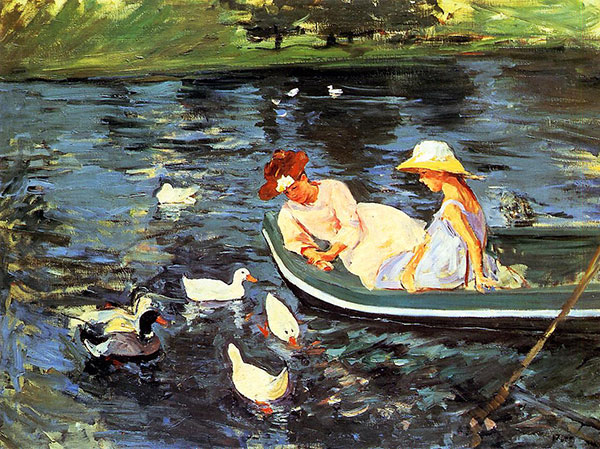Krispin Joseph PX
When do we start to think and discuss the woman’s presence in Art? The influence of the feminist movement and scholarship could help to think about the woman artist and woman’s art history. The feminist movement brought women’s Art as a renewed topic for research and argument. Feminist theories bring a new dimension of art discourse about women’s presence in Art.
Feminist thinkers discuss Gender as a system of power articulated by patriarchal ways theorised as a phallocentric symbolic order and bring unnoticed artists from antiquity. Feminist art history initially demanded and functioned for the chronological recovery of the contribution of women in Art and history.
Professor Marsha Meskimmon, who wrote the book Women Making Art: History, Subjectivity, Aesthetics, write about the obscurity of creating a woman’s art history. ‘The topic of women artists and their work has demonstrated clearly that women have played a significant role in visual art production for centuries,’ Meskimmon writes.
When we understand the woman artists and their works, that change our worldview and way of thinking.
But the problem with the feminist approach to history is most of our subjects are formed under a male-dominated culture. Then, ‘researching women’s unique cultural and intellectual contributions to the past and the present is an exhilarating exercise and an essential revision of those histories from which women’s activities have been excluded’, writes Meskimmon.
Throughout the history of Art, a woman is vigorously participating in Art; Art practice, making and collecting, Patrons and sources of inspiration, artistic expressions, and influential contributors as art historians and critics.
After a sharp study of Art history, scholars start to argue about the woman’s pivotal role in art history. Women artist contribution is Art history is equally stronger than that of male artists. From the ancient to the Renaissance, then to the contemporary, women in Art now create influential and ingenious works with their liberty and creativity.
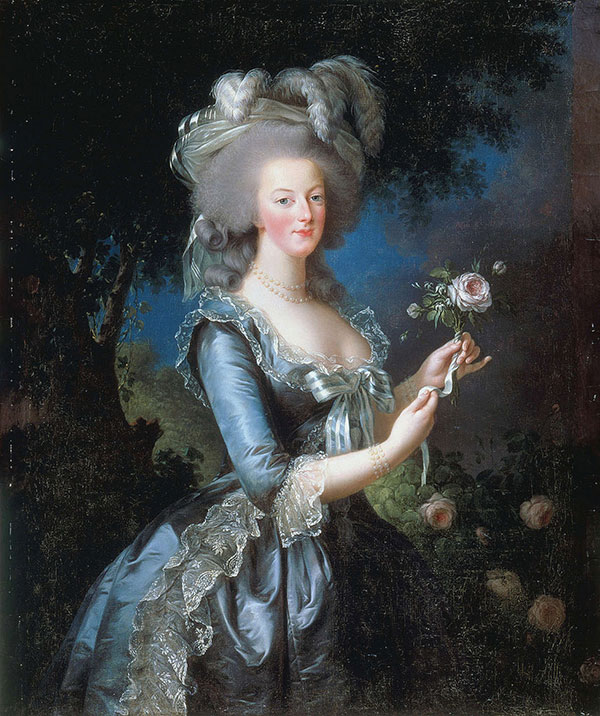
Vigee Le Brun (1755–1842) is maybe the most widely known of the four female artists who entered the Académie Royale de Peinture et de Sculpture. She is well known as a portrait painter and Marie Antoinette’s portrait painter during the utterly decadent Rococo period. She was painted Queen more than 30 times and completed hundreds of paintings to the tune of over 600 portraits and 200 landscapes. Vigee Le Brun’s portraits are convincing as early evidence of the connection between the Queen and the artists, their unhappiness, and the ambiguous relationship between the monarch and the Artist. Vigee Le Brun is counted as one of the greatest portraitists of that time by contemporary artists.
Vigee Le Brun is one of the woman artists who revered her time; she was incredibly well-known, especially in the aristocratic circle in Europe. Vigee Le Brun and her Daughter fled from France during French Revolution; they travelled throughout Europe; aristocrats people welcomed her and allowed her to continue to paint her style; they reached Russia and settled there.
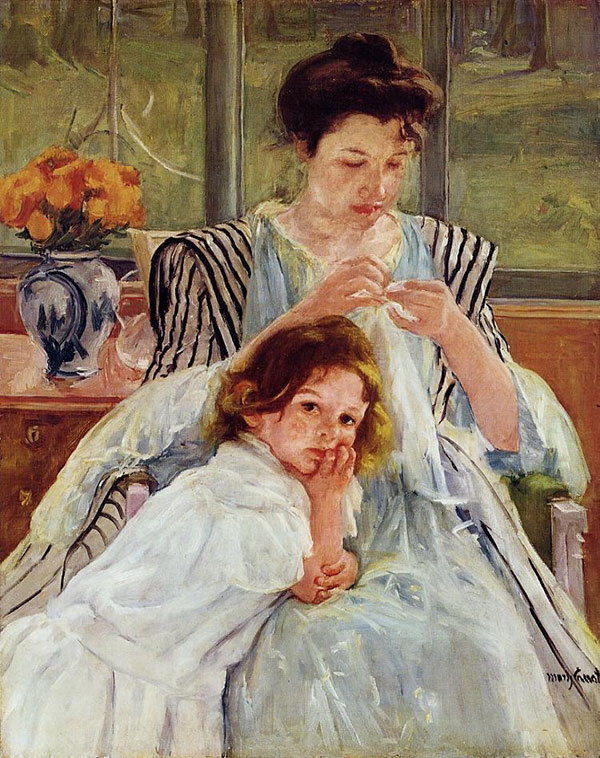
When you googled ‘Who’s the lady paints babies?, you’d probably find a woman Artist named Mary Cassatt (1844–1926). Mary Cassatt was born in Pennsylvania and is an impressionist painter who focused on woman’s life, children, and motherhood as subjects. Cassatt learned painting at the Pennsylvania Academy of Fine Arts, and in 1866 she moved to France. In 1868, Cassatt’s work, A Mandoline Player, was selected for the Paris Salon. She was among the first American women Artist to be accepted into the exhibit. Edgar Degas invited Cassatt to join his new group of independent Artists (this group became called the Impressionists), and with Edgar’s mentorship, she benefited from extraordinary artistic developments. At the beginning of the 1880s, Monet, Degas, and others had pioneered a new visual articulation process that aspired to grab onto canvas the fluctuation and energy of modern life rather than illustrate static and timeless issue matter in customary ways as the art academies taught.
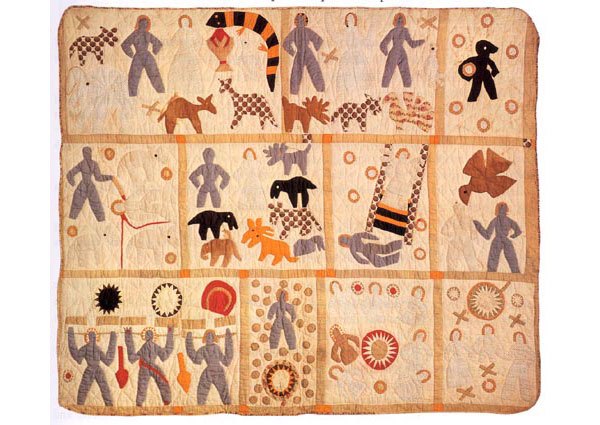
The Story of Harriet Powers (1837-1910) is entirely different from the story of other woman artists. She was an African-American freed slave who produced gorgeous storytelling quilts in the 19th century. Until a letter popped up, people believed Harriet Powers was an illiterate woman, and she retold Bible stories based on tales told to her. After that letter, people understood Harriet transformed well-known stories she read herself into pictorial masterpieces in the quilt-making tradition. She used to tell the story of local legends, Bible stories, and astronomical events and her Quilts are believed to be among the best samples of nineteenth-century Southern quilting.
Harriet retells or reinterprets the story in her account and style in Quilt. Powers visually conveyed with her narrative quilts harmonies from her understanding and the methods of the age-old crafts of African Americans.

Caterina Van Hemessen (1528–1587) was a Flemish Renaissance painter known for making a self-portrait of woman artists in the history of Art. Her self-portrait is historically significant because the easel is also in the composition. The self-Portrait is a human nature that brings many other features, and Van Hemmessen’s works are remarkable in this genre. Van Hemessen’s artwork and career are unique because of the short period of art practice and the number of paintings also less. Her father trained her, and she became a painter for wealthy patrons. Caterina’s portraits are of rich people with fancy dress codes; the light figures she painted have a refined charm and are equipped with trendy outfits and accessories.
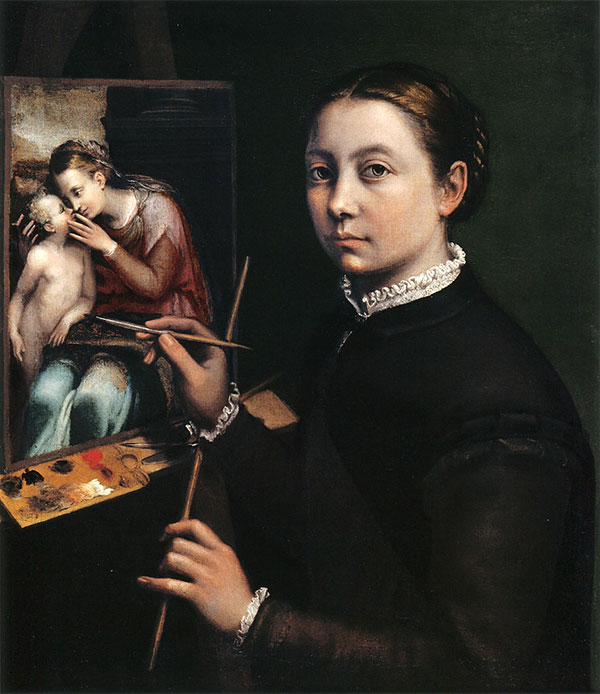
Italian Renaissance painter Sofonisba Anguissola (1532–1625) was born into a poor family and became an artist then. Her father was an ambitious man who loved to teach his two daughters. Like Mary Cassatt, Anguissola travelled to Rome and met Michelangelo, who immediately recognised her talent and gave her more in-depth knowledge and techniques. The solid and influential painting style helped her to become a court painter for King Philip II and acclimated her tone to the more formal necessities of official portraits for the Spanish court. She used to paint people in their traditional style rather than the way they wanted to see them in a painting.
Credit: design.tutsplus.com

